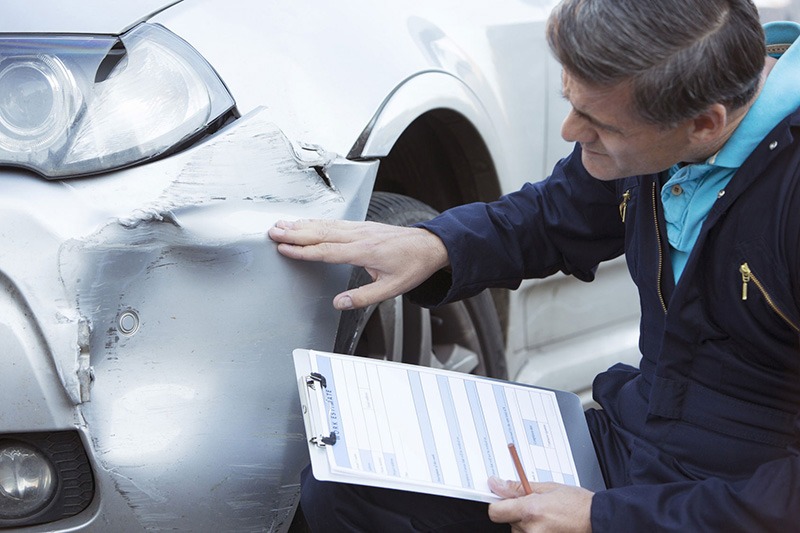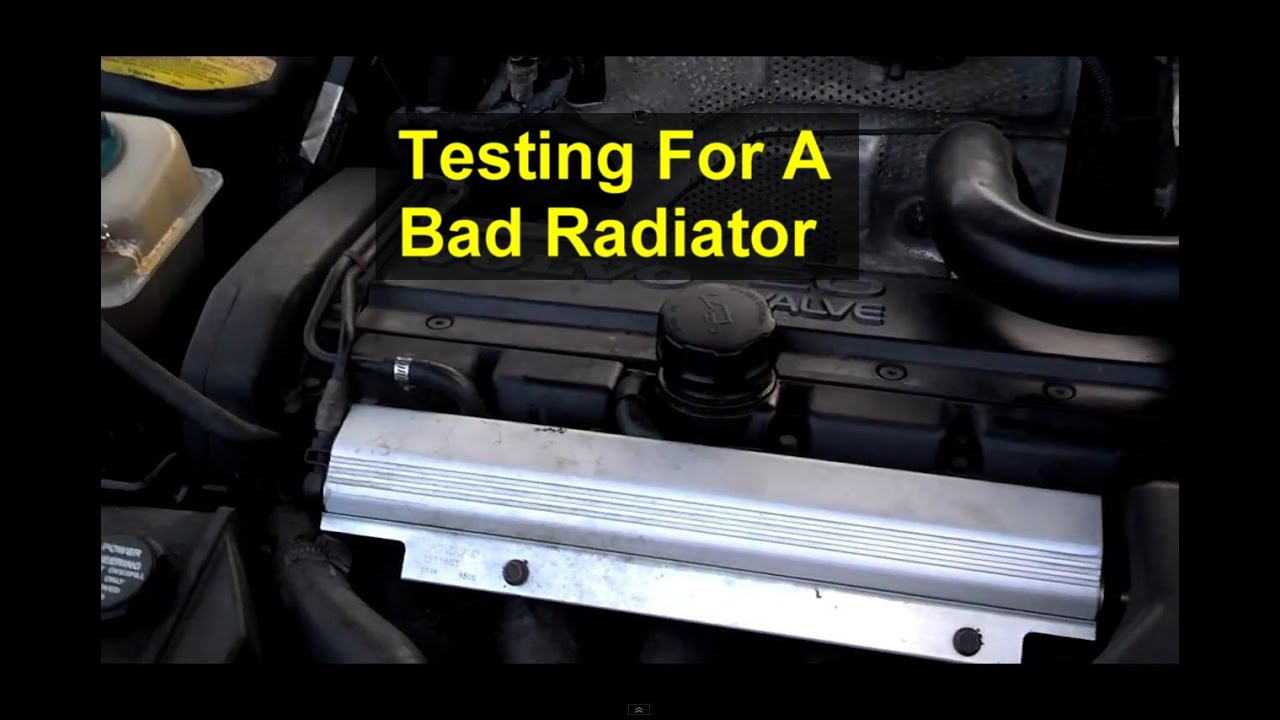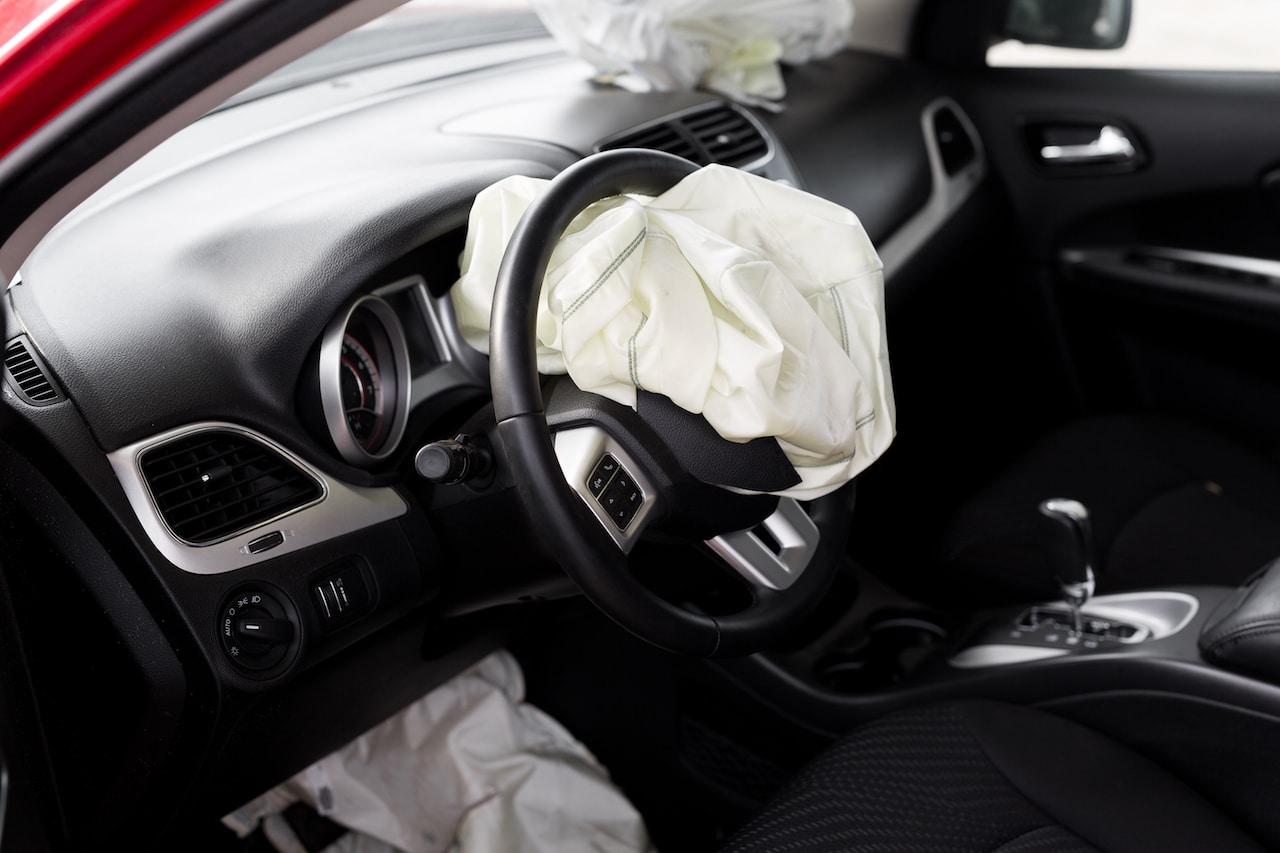Can I Replace a Starter Myself
Yes, you can replace a car starter yourself with basic mechanical knowledge and tools. This task requires attention to vehicle-specific procedures and safety precautions.
Replacing a car starter is a practical way to save on labor costs and gain a sense of achievement from performing your own vehicle repairs. As cars become more complex, the DIY approach to maintenance can seem daunting, yet the starter replacement remains a manageable task for the enthusiastic home mechanic.
Complete with automotive know-how and a well-stocked toolbox, you can tackle this challenge, ensuring you follow step-by-step guidelines specific to your vehicle’s make and model. Remember, safety is paramount; always disconnect the battery before beginning any work on your car’s electrical system. With a systematic approach and careful execution, you can successfully replace your car’s starter, restore ignition function, and keep your vehicle running smoothly.

Credit: www.wikihow.com
Signs Of A Failing Starter
Starters play an essential role in sparking your car’s life into motion. Like any car part, a starter can wear out. You may notice certain hints that it’s on the brink of failure. Understanding these signs ensures timely replacement, avoiding unexpected breakdowns. Let’s explore common symptoms of a starter begging for a swap.
Engine Clicking But Not Turning Over
A loud click often means the starter gear is engaging, but the engine isn’t turning. This could signal a weak battery or a faulty starter. Check the battery first. If it’s not the culprit, the starter may need attention. This click is a clear sign; don’t ignore it.
Starter Operates Intermittently
Does your car start fine one day, but struggle the next? This inconsistency suggests starter trouble. The starter motor might be failing, struggling to engage the engine consistently. It’s crucial to address this quickly to prevent getting stranded.
No Noise When Turning The Ignition
Silence isn’t always golden, especially when turning your key and expecting your car to start. If there’s no sound at all, it could be an electrical issue or a sign of starter failure. It’s essential to investigate the cause and resolve it.
Recognize these signals and act promptly. Solving starter issues early can save you time and hassle. Keep your drives smooth and your starts swift by being attuned to your car’s needs.
Tools And Materials Required
Today’s spotlight shines on the ‘Tools and Materials Required’ for replacing a car starter. This do-it-yourself challenge can be rewarding with the right tools and materials. From wrenches to safety gear, this comprehensive list will have you prepped and ready to tackle the starter replacement with confidence.
List Of Common Tools
Starting off on the right foot means gathering all the necessary tools. Here’s what you’ll need:
- Socket set: Various sizes are a must-have.
- Wrenches: For tightening and loosening.
- Ratchet and extensions: For hard-to-reach bolts.
- Screwdrivers: Flathead and Phillips for connectors.
- Car jack and stands: For lifting and supporting the car.
- Battery terminal puller: To disconnect the battery safely.
Selecting The Right Parts
Picking the correct starter is essential. Here’s how:
- Check the manual: Refer to the car’s guide for specifics.
- Match the old starter: Verify similarities with the old part.
- Quality brands: Go for reliability and warranty options.
Safety Gear
Your safety is non-negotiable. Gear up with:
- Gloves: Protect your hands from injuries.
- Safety glasses: Shield your eyes from debris.
- Work clothes: Wear something old and durable.
Preparation Steps Before Beginning
Replacing your vehicle’s starter may seem daunting. Yet, with the right tools and a bit of knowledge, you can tackle this repair. Before you dive in, taking the right preparation steps ensures a smooth process. Let’s outline what you need to do to set the stage for a successful starter replacement.
Disconnecting The Battery
First and foremost, ensure safety by disconnecting your car’s battery. Neglecting this step could cause electrical shock or damage to the vehicle’s electrical system. Follow these steps:
- Turn off your vehicle.
- Locate the battery—usually found in the engine bay.
- Use a wrench to loosen the nut on the negative terminal.
- Detach the negative cable and secure it away from the battery post.
Locating The Starter
To find the starter, you won’t need a treasure map. Grab your vehicle’s manual for guidance. Typically:
- The starter is near the engine’s bottom.
- It is often located by the transmission.
Spot the cylinder-shaped part attached to the gearbox. That’s your target.
Ensuring Vehicle Stability
Stability is key when working under a vehicle. Serious accidents can occur if a car is unstable. Take these precautions:
- Use a flat surface to ensure vehicle stability.
- Engage the parking brake to prevent rolling.
- Place wheel chocks around the tires not being lifted.
- Lift the vehicle with a jack if necessary.
- Use jack stands for additional support.
Make sure everything is secured before getting underneath.
A patient approach matters here. Take time to set up your workspace. Gather the necessary tools for the job. These careful steps lay the groundwork for a safe and successful starter replacement.
Step-by-step Guide To Replacing The Starter
Embarking on a DIY journey to replace your car’s starter motor can be a great cost-saving task. It’s a “turn-key” project for those with basic mechanical skills. This guide lays out the steps needed to remove the old starter and install a new one, along with tips for handling the electrical components.
Removing The Old Starter
Begin with these steps to safely remove the old starter:
- Disconnect the battery to prevent electrical shocks.
- Locate the starter at the engine’s lower part, near the transmission.
- Label the wires connected to the starter before removal.
- Unbolt the starter using a ratchet or wrench.
- Gently take out the old starter from the engine bay.
Installing The New Starter
Follow these steps to install the new starter:
- Position the new starter in the engine bay.
- Secure the starter with bolts, tightening them firmly.
Reconnecting The Electrical Components
Finally, reconnect the electrical aspects with these steps:
- Reattach the labeled wires to their corresponding terminals.
- Ensure all connections are tight and secure.
- Reconnect the battery and test the starter for functionality.
Post-installation Checks
Once you’ve installed a new starter, certain checks are crucial to ensure everything is in tip-top shape. These post-installation checks will confirm a successful starter replacement. Carry out these simple tests to safeguard your vehicle’s functionality. Remember, safety first!
Testing The Starter
Start by testing the freshly installed starter. Ensure all tools and equipment are clear of the engine area. Turn the key to the ignition position. Listen for a smooth starting noise. The engine should crank swiftly. If it hesitates or makes grinding sounds, double-check your installation.
Checking For Leaks And Loose Wires
Next, inspect for potential leaks and loose connections. Scan the starter area for any oil or fluid leaks. If you spot a leak, address it immediately. Check all wires and make sure they’re securely connected. Loose wires can lead to electrical issues and should be tightened.
Test Drive
Finish with a test drive. This will reveal if the starter works under normal driving conditions. Listen for any unusual sounds. Feel for any irregularities when starting the vehicle. A successful test drive means your starter replacement is a success. If anything feels off, revisit the installation for potential issues.

Credit: auto.howstuffworks.com
Common Pitfalls And How To Avoid Them
DIY car maintenance saves money but comes with challenges. Replacing a car’s starter motor is a task that can trip up even the most enthusiastic DIYers. Knowing common mistakes and how to steer clear of them ensures a smoother repair process.
Over-tightening Bolts
Securing the starter motor requires precision. Over-tightening bolts can cause damage:
- Cracked housing – Too much force can break the starter’s casing.
- Stripped threads – Bolts go in hard and might not come out at all.
- Compromised performance – The starter needs the correct torque to function.
To prevent these issues:
- Use a torque wrench.
- Follow the manual’s torque specifications.
- Go slowly and avoid excessive force.
Forgetting To Reconnect Wires
Electrical connections are vital. Forgetting wires leaves the car silent:
| Wire Type | Effect if Missed |
|---|---|
| Main cable | No power to starter |
| Signal wire | Starter won’t engage |
Recheck all connections after installation. It ensures that every wire is in place and secure.
Ignoring Safety Precautions
Safety should be top priority. Bypassing precautions can lead to injury:
- Always disconnect the battery to prevent shocks.
- Wear protective gear like gloves and goggles.
- Support the vehicle with strong jack stands, not just a jack.
- Avoid working on a hot engine.
By respecting these guidelines, DIY starter replacement becomes a safer and successful task.
When To Seek Professional Help
Deciding whether to replace a car’s starter can be daunting for many drivers. While some car enthusiasts have the expertise to do it themselves, most drivers will benefit from professional assistance at some point. Recognizing when it’s time to call in an expert is crucial to avoid further damage to your car or personal injury.
Complex Electrical Systems
Cars with intricate wiring systems present a particular challenge. In some modern vehicles, starters interact with other electrical components in ways that require a deep understanding of the car’s systems. If your car has a complex electrical system, it’s wise to seek help:
- Hybrids or electric vehicles: These come with complex systems that might require a professional touch.
- Multiple electronic modules: Starters in cars with numerous interconnected systems need careful handling.
- Advanced diagnostics: Sometimes, specialized tools are needed to diagnose problems accurately before starting the replacement.
Lack Of Proper Tools
Replacing a starter often needs specific equipment. Without the right tools, you risk causing damage or not completing the job effectively. Here are tools and scenarios when you should consider help:
- Torque wrench: Essential for ensuring all connections are tight and secure.
- Jack stands: Necessary for safety if the starter is under your vehicle.
- Memory saver device: Prevents loss of electronic memories when disconnecting the battery.
Persistence Of Starting Issues
After attempting a replacement, if the starting issue persists, this is a clear sign to consult a professional. A persisting problem may indicate a more complex issue with your car:
- Incorrect installation: This might mean the starter doesn’t engage properly.
- Underlying issues: There could be deeper problems with your vehicle’s ignition system.
- Defective replacement part: Sometimes, new starters can be faulty out of the box.
Frequently Asked Questions Of Can I Replace A Starter Myself
Is Replacing A Car Starter A Diy Project?
Replacing a car starter can be a DIY project, especially for those with basic mechanical skills and the right tools. However, it’s important to follow a detailed guide and ensure safety procedures are in place before attempting.
How Long Does It Take To Replace A Starter?
Typically, replacing a starter may take between 1 to 2 hours for someone with moderate mechanical experience. The time can vary depending on the model of the car and the complexity of the engine layout.
What Tools Are Needed To Replace A Starter?
To replace a starter, you’ll need basic hand tools like ratchets, sockets, screwdrivers, and wrenches. Additionally, you might need a jack and jack stands to safely access the starter from underneath the vehicle.
Can A Bad Starter Be Fixed Without Replacement?
Sometimes starters can be repaired if the issue is simple, such as replacing a solenoid or clearing a jam. However, in many cases, if the starter is faulty, full replacement is the most reliable solution.
Conclusion
Undertaking starter replacement can be rewarding and cost-effective. It demands basic mechanical skills and the right tools. Remember, precise steps ensure success and safety. Seeking professional advice or turning to reliable guides is wise. Embrace the challenge and boost your auto repair confidence.





